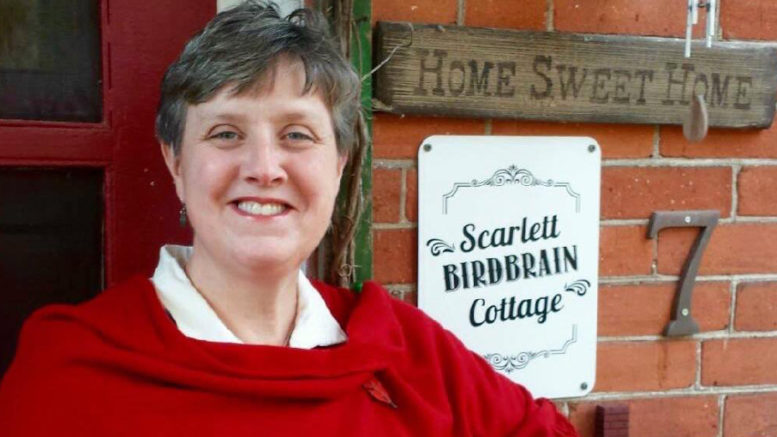Laurie Snider
Notes from the Nest
Last Friday evening, I finally finished planting my vegetable garden. Going by the calendar, I was only one day off from May 24, the semi-official start of planting season here in Ontario. This is owing to the fact that at this point in the year, the risk of frost is quite minimal.
According to a Statistics Canada survey from 2013, more than half of Canadian households, 57 percent, reported that they grew herbs, fruits, vegetables or flowers. I’m pleased to admit, that I’ve been a card-carrying member of this enthusiastic, bubbly group for several decades now.
I love spending warm spring days and cooler evenings, with my fingers poking holes in the soil or digging out hollows, where my wide assortment of seedlings will be plopped into the waiting openings. I secure them into place, by molding little mounds of dark earth with my hands, which I pile around them for strength and support.
Later, as I scrub the dirt from beneath my fingernails, it’s satisfying knowing, I’ve yet again completed this annual ritual of connecting with Mother Earth. Taking tiny seeds or seedlings and adding to them a little earth, water and sunshine and mere weeks later harvesting ripe rosy tomatoes, crisp and lanky green beans, burgundy, sweet beets or cool and refreshing cucumbers, is nothing less than divine.
Our hunting and gathering ancestors foraged in the forests and meadows for fruits, vegetables and berries in the wild. These were nomadic peoples and once they cleared an area of all of it’s comestibles and hunted all of the game there, they moved on.
Between 10,000 and 7,000 B.C., cultivation of plants and animals began, as they learned to save and plant seeds. There is evidence of early vegetable gardens in Asia, South America, Africa and India. Ancient Egyptians planted them around their temples, as they believed that the gods liked gardens. Their gardens often had rectangular ponds, stocked with fish, in the middle of them.
When the early explorers began settling North America, they grew barley, peas, corn and carrots. They brought seeds with them, for onions and other vegetables. Planting gardens wasn’t a hobby but a necessary chore, if they wanted to stay fed. The Haudenosaunee and Iroquois planted the Three Sisters; corn, beans and squash, as a group. These three crops were advantageous to each other for support, nutrients and moisture and are still often planted together today.
Once civilizations became wealthier, gardens weren’t only planted as food sources but also for purely aesthetic appeal. Rich land owners used servants and slaves, to do the work for them. With the industrial revolution, agriculture became more commercialized and fewer people were growing food on their own.
Things changed with the Second World War, as governments in Great Britain, Canada and the US, encouraged their citizens to grow their own food. This was because of severe food rationing and also so resources wouldn’t need to be diverted away, from war efforts. Victory Gardens were born out of this, as symbols of self-reliance, fortitude and patriotism. Once the war was over, the nitrogen that had been used to produce bombs, was now used as fertilizer. This was the beginning of chemical farming and the ensuing damage to the environment.
Acclaimed food guru and author Michael Pollan, wants to see a resurgence in Victory Gardens. A combination of troubling economic conditions, destructive environmental practices, poor lifestyle choices and obesity are a few reasons he believes people should be moving once again to growing their own food, at least some of it. With an increasing interest in sustainable living, organic foods and efforts to reduce sedentary lifestyles, it seems many folks are listening.
While I definitely concur that these are relevant, even noble reasons, for planting a garden, I would humbly add a couple more. Quite simply, freshly grown food is incomparably tasty and the delightfully, gratifying joy one gets from sowing, nurturing and reaping your own produce is not to be missed.
The thought of setting the patio table for family and friends and serving up some home grown, on a hot August night, sets my heart to racing. I can picture it now, freshly dug potatoes, so creamy they nearly melt in your mouth, drizzled with butter and freshly chopped parsley to garnish. Tantalizing green beans and freshly shelled peas, still crunchy and also wearing a coating of pale, yellow buttery sauce, will also appear on the platter. The tomatoes, which will be especially succulent and abundant by then, served with basil, feta and a splash or two of balsamic, will add the perfect colour balance. Mmm!
Yes indeed, while I relish the process and spending time in the great outdoors, the savoury, edible benefits are the true victory!

